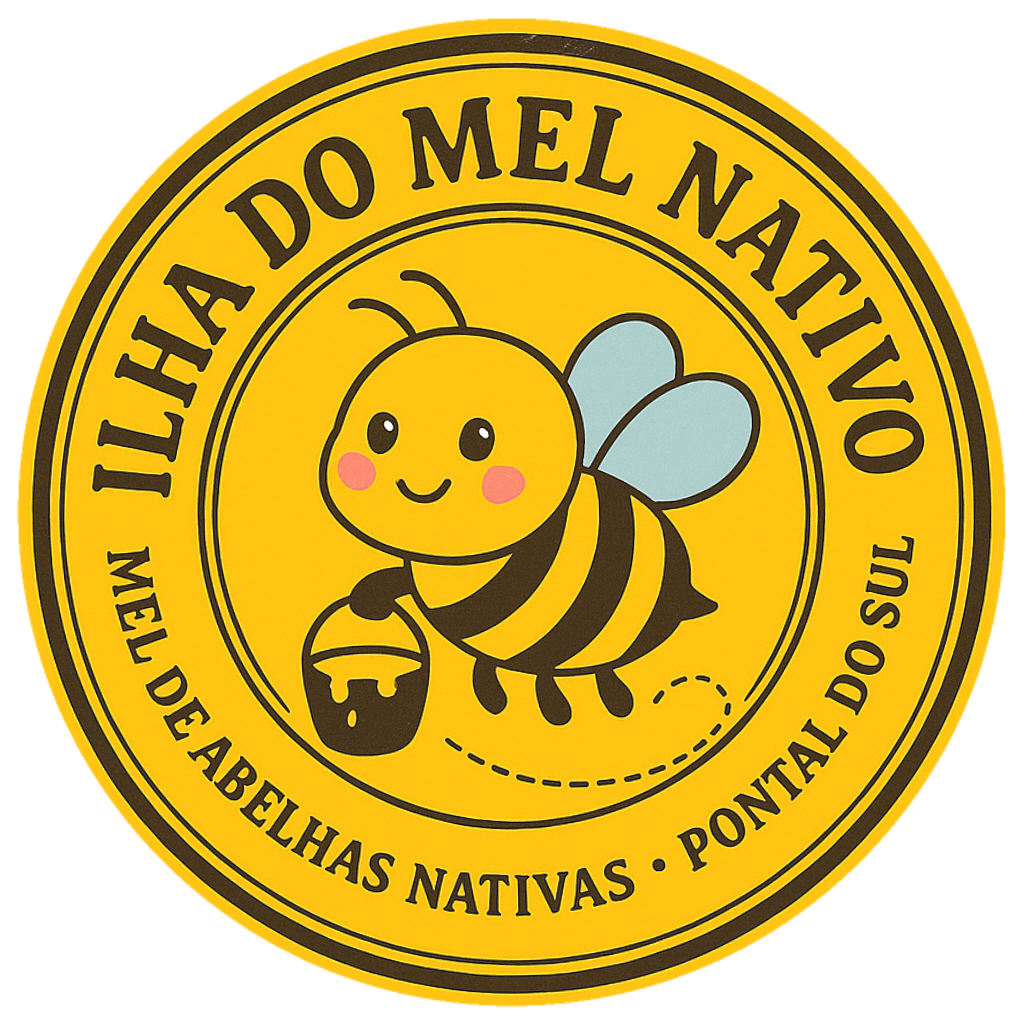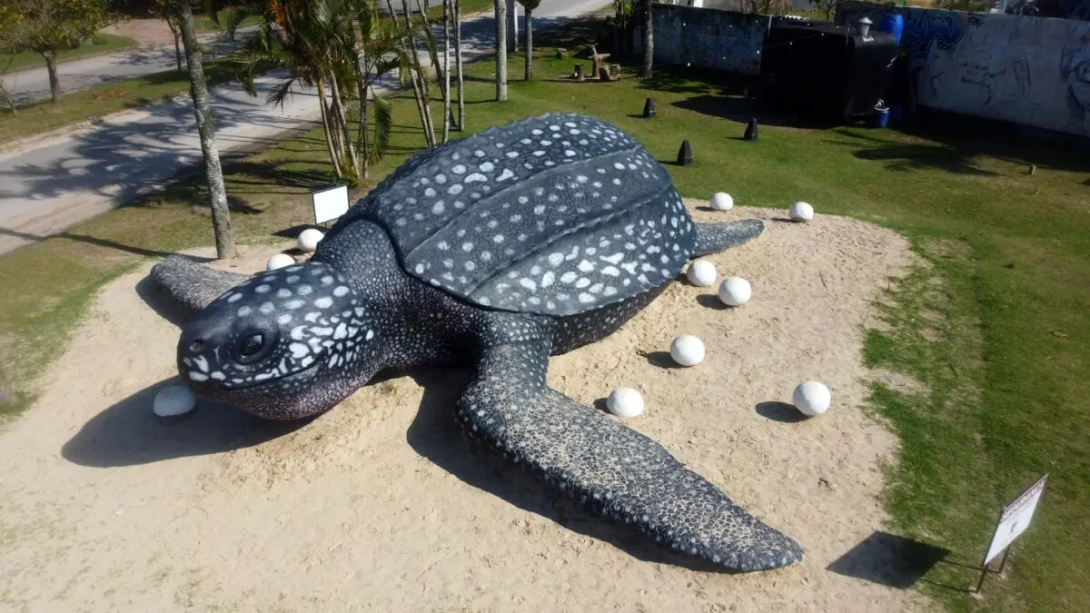Sculpture of the giant leatherback sea turtle (Dermochelys coriacea) installed on Avenida Beira-Mar in Pontal do Sul, Pontal do Paraná, Paraná, Brazil. Photo: Prefeitura de Pontal do Paraná / Divulgação. Source: Folha do Litoral News (23 May 2023).
The giant turtle of Pontal do Sul is more than a photo spot. It’s a message carved in concrete — without care for the beach, there is no next generation. The sculpture represents Dermochelys coriacea, the leatherback turtle — the largest sea turtle in the world.
Concrete sculpture, approx. 10.2 m long and 6.5 m wide. Inaugurated on May 23, 2023 — World Turtle Day. Location: Beira-Mar Avenue, Pontal do Sul.
What the sculpture represents
The artwork captures a leatherback turtle nesting on the sand — a symbol of strength and renewal. It turns art into education and connects people to the local ecosystem through public space and beauty.
The species
- Scientific name: Dermochelys coriacea
- Common names: leatherback turtle, giant turtle
- Distribution: tropical and temperate oceans worldwide
- Diet: mostly jellyfish and gelatinous marine life
- Status in Brazil: threatened; every nest matters
Why it matters here
The coast of Paraná occasionally receives nesting leatherbacks and juvenile individuals. When that happens, local universities and environmental teams isolate the site, guide visitors, and reduce human interference. Artificial lights, trash, and loose dogs are the main threats to nesting success.
Beach care guidelines
- If you see a nesting turtle, do not touch, avoid flash, and keep distance.
- Respect marked nesting zones and avoid bright lights on the beach at night.
- No plastic waste — leatherbacks mistake it for jellyfish.
- Keep dogs on a leash, away from nests and hatchlings.
- If you find an injured animal, contact the local environmental authorities or rescue centers.
Who protects them in Brazil
- Projeto TAMAR / ICMBio — national reference in turtle protection, research, and education since the 1980s.
- UFPR – Laboratory of Ecology and Conservation (LEC) — monitors the Paraná coast, isolates nesting areas, and educates the public.
- Municipal authorities — manage signage, lighting, and shoreline care programs.
The artist
The sculpture was created by Guilherme Ferreira, known as “Índio Artesão”, a Brazilian sculptor recognized for large-scale public artworks along the coast. Commissioned by the Municipality of Pontal do Paraná through its Tourism and Economic Development Department, the piece combines art, environmental awareness, and local identity.
A tribute that becomes a commitment: keeping the beach clean, the nights dark, and the way open for the next turtle to arrive. The statue points the way — the rest depends on us.
About the project “Tartaruga de Pontal”
tartarugadepontal.com.br is an independent local initiative dedicated to promoting the identity of Pontal do Sul — combining culture, environmental awareness, and community tourism. The platform highlights regional art, conservation efforts, local businesses, and educational programs related to the coastal ecosystem. It serves as an open channel for residents, visitors, and schools to discover, collaborate, and preserve everything that makes this region unique.
Credits: Giant Turtle Sculpture — Índio Artesão. Photos: use your own or authorized images. Educational content compiled from environmental agencies and universities.




Comentários